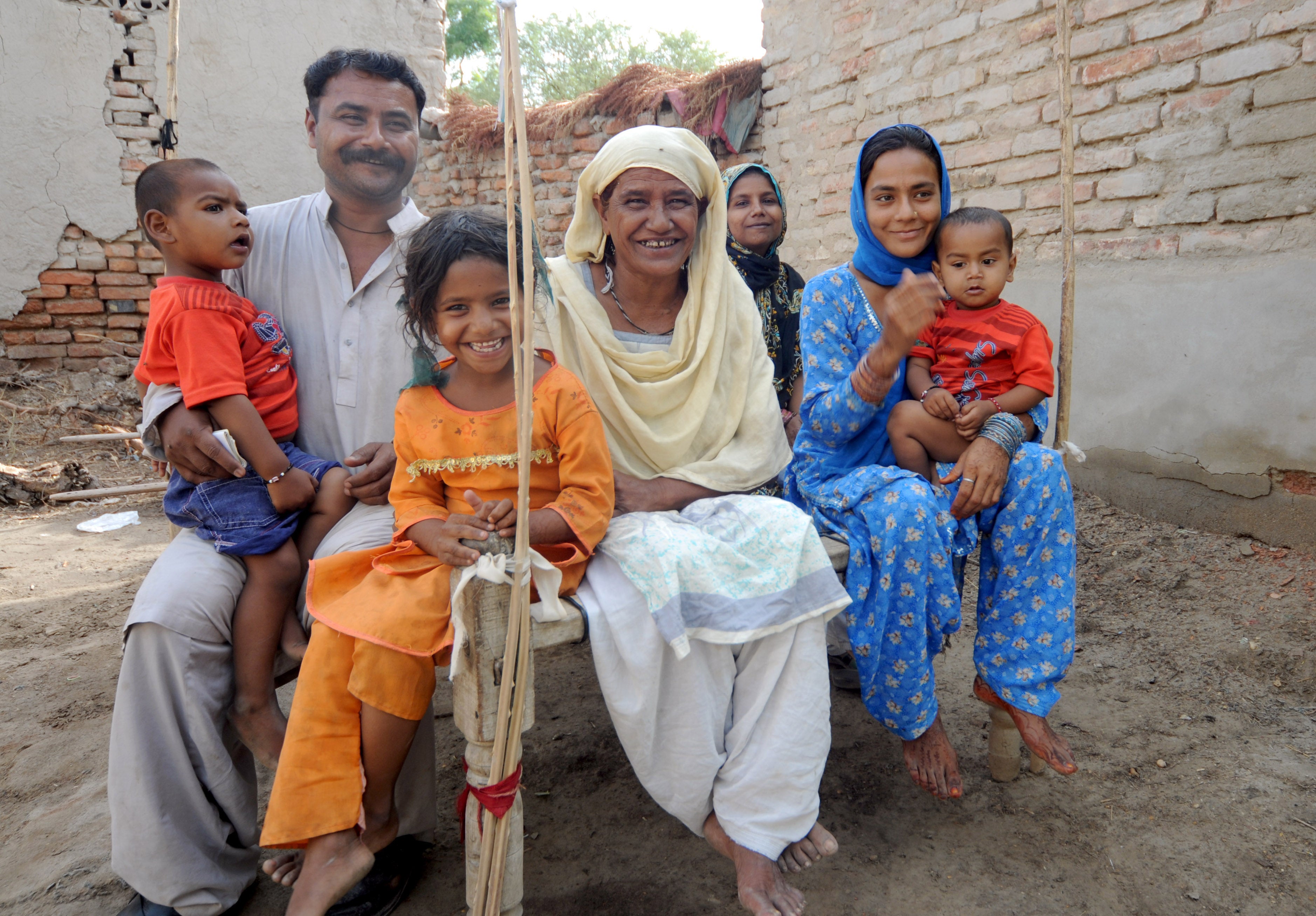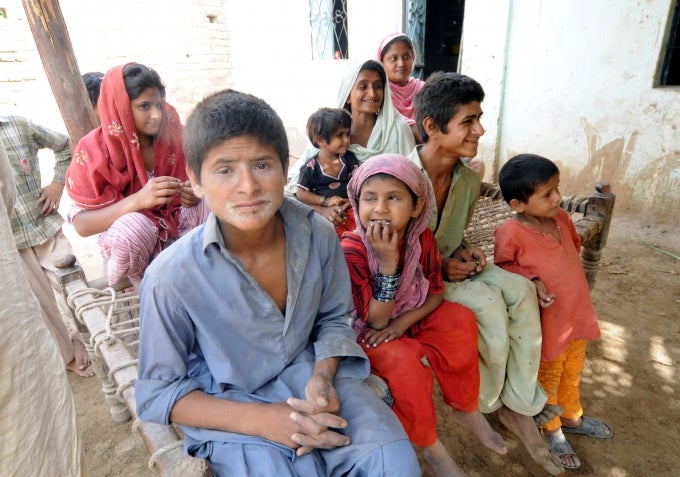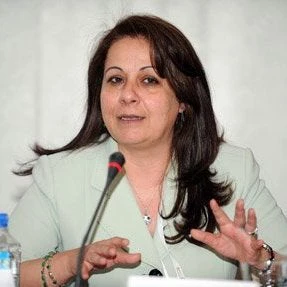
Koshi is 4 days old. She was born in a small village near Hyderabad (Sindh, Pakistan) and is one of four siblings – all girls, all under the age of 10. Her parents were hoping that this time it would be a boy, but perhaps better luck next time? Her mother is worried that if she doesn’t give birth to a boy, she will be stigmatized. Family planning is out of the question – not that she and her husband have even discussed this. She worries about her girls’ well-being too. They are underweight and get sick a lot. She wants them to grow up healthy and get an education. Koshi’s father is worried about them too. He is a tenant farmer with a meager income. He already struggles to provide the basic necessities – food, clothing, shelter. Even if they marry young, how will he arrange their dowries? Of course this is only if Koshi and her sisters live long enough.
Koshi’s chances of survival are slim. In Pakistan, 1 in 20 newborns die within the first month of their birth.[i] By age 5, 79 of every 1000 children born die. There is an 11 percent chance that they will not survive beyond age 14 years. [ii] The situation in Sindh is worse than the national average, and the risk of deaths is higher in its rural areas where access to healthcare and other social services is more limited. Investing in the health and well-being of the population, especially the youth is pivotal for Sindh’s economic growth and development.
Having a primary health center near the village and local lady health workers for example will improve the girls’ chances of access to healthcare and childhood immunization – necessary for protection against diseases such as measles, polio, and diphtheria that still take a heavy toll on children’s lives. It also improves the mother’s access to skilled birth attendance. Skilled attendance at birth reduces newborn deaths by 43 percent[iii] and maternal deaths by 66.67 percent .[iv]

Investing in girls’ education is also important, especially secondary education. Each year of schooling that Koshi receives will reduce her risk of early marriage by 5 percent. Girls with at least some secondary education are six times less likely to be married as a child than those with only primary education or less. The benefits of this delay are twofold. First, older females are more likely to give birth to healthier babies, and they, as mothers, are more likely to survive childbirth themselves.
Access to family planning can help support these outcomes through allowing delayed and spaced pregnancies. This can also help increase girls’ chance of actively participating in the labor force. However, this requires addressing gaps in people’s knowledge and shifting norms about these issues at the community level. Behavior change and communication (BCC) interventions that engage all local stakeholders (men, women, and community leaders) especially in rural areas have to be a strong part of the health and human development investment in Pakistan. Creating opportunities for female employment, such as through microcredit, can further create incentives for keeping girls in school and delaying first pregnancies.
Pakistan, and especially Sindh, has great potential for economic and social development through investing in its people, and their human capital. Investing in health and education of girls is an important part of this. These investments - in primary healthcare (including family planning, reproductive and maternal health) and lady health workers; in secondary education, especially for girls; in BCC; and in employment opportunities will allow the country to maximize the potential of its future youth, and will give girls like Koshi the opportunity for better health and well-being – and a higher quality of life.


Join the Conversation